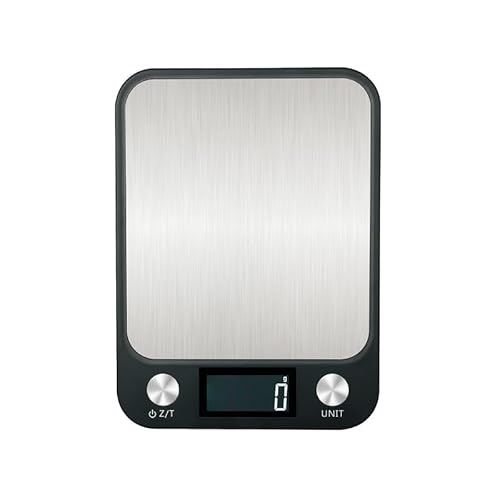Rahstyle
Member
- Joined
- Apr 1, 2015
- Messages
- 14
- Reaction score
- 7
So I tweaked and experimented a bit tonight and switched things up
I used the following in a small 10oz batch with a 3% lye discount
50% Stearic Acid
24% Tallow
20% Coconut
6% Castor
70% KOH, 30% NaOH - dissolved in 2oz water - remainder of liquid was split between Aloe Gel from my plants in the yard and coconut milk
1.5 oz glycerin added after cook.
2% superfat after cook using 1/2 cocoa butter / 1/2 shea butter
Plopped it into the mold and let it cool and setup, as soon as I could cut it I snatched the rough end piece and checked the lather. It lathered a lot faster and easier than the test batch I did the other day with all tallow and no coconut, but definitely feels slicker and creamier than the coconut only I did the first time.
Not drying at all for being so fresh, I'm definitely feeling this new recipe
Don't mind the bad photos, I'm not a great photographer and my phone hates me tonight!
First photo - pre loaded the brush for about 10 seconds then used my hand to build the lather, looks very dense and is sooooo creamy
Second photo - the brush 20 minutes later, it's staying firm.
Ok so I have a couple questions about this.
1) Did you used a lye discount and added superfat? If so, we not just increase discount or superfat addition?
2) Is the superfact percentage is of the total weight?
3) If used 8oz SA, 3.84oz of BT, 3.2oz of CO72, .96oz of Castor. How do I figure out how much water and lye to use?
Thanks











































